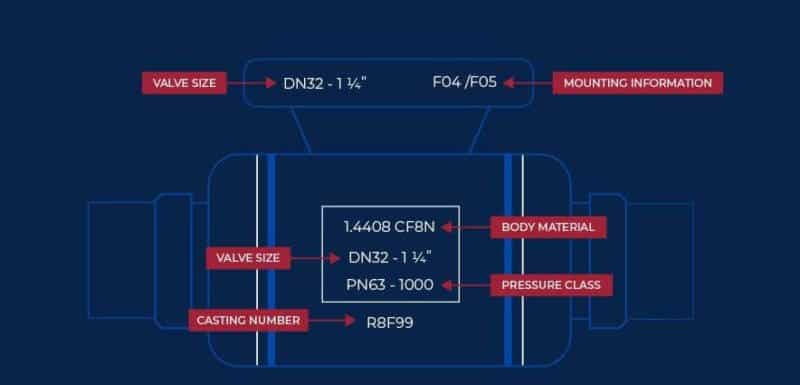
Image Source: Geminivalve
Valve labeling

Image Source: YouTube
Valve labeling is important for identifying, classifying and finding valves easily. Valve Labels should be easy to read and understand so that anyone can identify the valve type and its purpose. There are many types of valves that are used in industries such as chemical plants, refineries, power plants, oil refineries, and water treatment plants. Choose the right labels for the industrial valves that suit your requirement.
Valve images with names
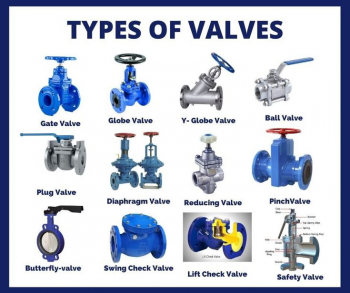
Image Source: Pinterest
Valve labels
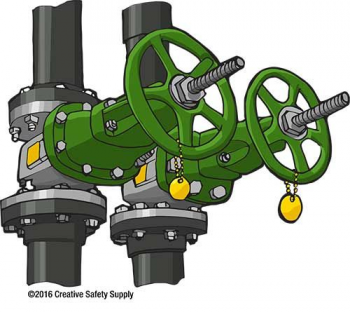
Image Source: Pinterest
Valve tags are preprinted with numbers and standard abbreviations to relay critical pipe content, valve identification, or operation information at the point of use. Valve tags include manufacturer information, valve seat, model number, trim, and body material.
Valve size
The valves in your plumbing system are the most important part of your system. They allow water to flow through your pipes and into your home or business. The valve pipe size is frequently specified in inches, but it may also be specified with a DN prefix. The DN number refers to the nominal diameter of the pipe in millimeters (mm).
Valve body
The valve body is an assembly inside the transmission that directs the flow of transmission fluid. It’s made up of many valves, which open and close to direct fluid to different areas of the transmission. If a valve fails to work properly, it can cause your vehicle to shift hard or not at all.
Pressure class
“PN” stands for pressure nominal. The number following PN indicates the valve’s pressure class in bars, where 1 bar equals 14.5038 PSI. Some manufacturers may also include the pressure rating in PSI. For example, a 4-way valve with PN16 is rated for 16 bar (250 PSI).
How to identify valve marking or labeling (With Examples)
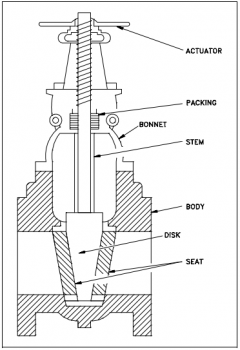
Image Source: EZ-pdh.com
- The first step in identifying a valve is to determine the type of marking or valve identification standard that is used on the valve. There are three main types of markings found on valves: Markings on the body of the valve. The body of the valve has manufacturer markings, such as “Made in USA.”
- Stem markings can include dimensions such as stem length and diameter as well as pressure ratings for use with specific media such as steam or water.
- Most valves have the information printed on them, but if you can’t find it there, check the catalog or specification sheet for the valve you’re looking at.
Valve Rating VS Valve Standard: what’s their differences?
Valve class rating
The valve class rating is a code that indicates the maximum allowable working pressure for a valve. The valve class rating also indicates the type of fluid being handled, as well as the temperature range in which it can be used.
The valve class rating is usually stamped into the body of the valve, either directly onto the body or on a tag attached to it. Valve manufacturers use different methods to indicate the valve class rating. Some stamp it directly onto the body, while others use an external tag that can be removed and replaced with another tag if necessary.
Valve standard
A valve standard is a document that sets out technical specifications for valves used in water distribution systems. It outlines some basic requirements for design, construction, testing and inspection which must be met by all manufacturers. It also outlines some minimum performance criteria which must be met by all accredited products.
By using this document as a benchmark, manufacturers can easily compare their products with those of other manufacturers who comply with similar standards. Valve standards are published by organizations that have adopted standards for valves.
Valve standard: a list for your identification
The type of valve you choose will depend on your needs and the type of environment in which it will be used. The main concern that the valve standards are required is to ensure the safety of the product. It is very important for any company to be able to produce safe products, so they can be sold to the public.
csa valves
CSA valves are manufactured to the highest standards of quality, safety and reliability. They are used in a wide range of industries including gas, oil and petrochemical plants, refineries, power plants and other industrial applications.
Piping codes
There are many different codes and standards that govern piping installations in commercial buildings and industrial facilities. Here are the list of some ASME Standards:
| ASME B 31.1 | Power piping |
|---|---|
| ASME B 31.2 | Fuel gas piping |
| ASME B 31.3 | Process piping |
| ASME B 16.1 | Cast iron pipe flanges & flanges fittings |
| ASME B 16.3 | Malleable iron threaded fittings |
| ASME B 16.4 | Cast iron threaded fittings |
| ASME B 16.5 | Steel Pipe flanges & flanged fittings |
| ASME B 16.9 | Steel butt welding fittings |
| ASME B 16.10 | Face to face & end to end dimensions of valves |
| ASME B 16.11 | Forged steel socket welding & threaded fittings |
| ASME B 16.20 | Metallic gaskets |
| ASME B 16.21 | Non metallic gaskets |
| ASME B 16.25 | Butt welded ends |
| ASME B 16.28 | Short radius elbows & returns |
| ASME B 36.10 | Welded & seamless Wrought steel pipes |
| ASME B 36.19 | Welded & seamless stainless steel pipes |
valve ASME standard

Image Source: ASME
ASME B16.34 is a standard for bolting materials and dimensions for use in pressure piping applications. The standard covers carbon and alloy steel bolts, nuts, studs, and washers used in pressure piping systems.
ANSI valve standards

Image Source: ANSI
ANSI/ASME Standard B16.34-2007 is a standard of the American National Standards Institute (ANSI) that specifies requirements for flanged and buttwelding ends for piping systems, including valve bodies, bonnets, and gaskets.
ASTM valve standards

Image Source: ASTM
ASTM valve standards are established by the American Society for Testing and Materials. The ASTM standards cover a wide range of materials, including plastics, metals and composite materials.
MSS valves standard

Image Source: MSS
MSS valves are the most commonly used valves in the world. The MSS standard (MSS-SP-43) is a collection of standards for threaded fittings, pipe and tubing. These standards include dimensions, tolerances and materials for seamless and welded pipe and tubing as well as threaded fittings.
ISO valve standards

Image Source: ISO
The ISO standards are an agreed upon set of industrial standards. They are created by the International Organization for Standardization (ISO) and cover a wide range of topics in science, technology, engineering and mathematics.
NSF valve standard

Image Source: NSF
NSF International is an independent testing lab that works with manufacturers to certify products that meet certain standards for safety and quality. It has developed programs for specific industries. It also has general guidelines for industries that don’t have specific standards, such as valves for industrial processes.
API valve standards
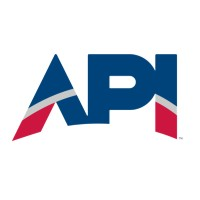
Image Source: API
The API develops and publishes codes, standards, and guidelines for the oil and gas industry regarding safety, design, construction, maintenance, inspection and repair of wells, production plants and pipelines.
NACE valve standard

Image Source: NACE
NACE valve standard is a standard for the design, manufacture, inspection, test and repair of valves used in the oil and gas industry. NACE International is a not-for-profit organization that establishes industry standards for materials, products, systems and services.
AWWA valve standard
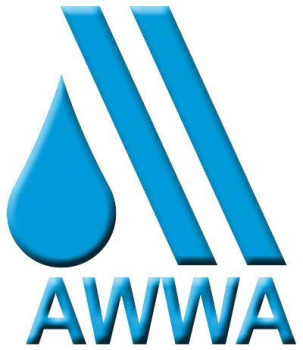
Image Source: AWWA
The American Water Works Association (AWWA) is an international nonprofit organization dedicated to providing public health and safety, water supply, water quality, and wastewater treatment. The AWWA publishes the standard for most residential and commercial water valves in the United States.
Valve Rating
WOG Rating
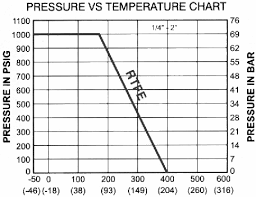
Image Source: PDFCOFFEE.COM
What does WOG rating stands for
WOG is a term that has been used for many years in the plumbing industry. It refers to the type of fluid being used in the system being serviced. The WOG rating specifies the maximum pressure per square inch that a valve can withstand, whereas the WOG indicates whether the valve is suitable for Water, Oil, or Gas.
WOG rating chart
WOG rating chart is a chart that shows the WOG (Water, oil, gas) rating of a tank. The WOG rating is a measure of the resistance of a tank to the passage of water, oil and gas. The higher the WOG rating number, the more resistant the tank is to leaks from these substances. WOG rating number includes:
- 400 wog valve
- 600 wog valve pressure rating
- 1000 wog pressure rating
- 1500 wog pressure rating
WSP/SWP rating

Image Source: ResearchGate
What does WSP rating stands for
The working steam pressure (WSP) of a ball valve indicates the maximum steam pressure that it can withstand at its highest temperature rating. This may also be labeled SWP, which stands for steam working pressure.
WSP rating chart
The WSP rating chart on the valve is a test to determine the performance of the valve. This test is conducted in accordance with the American Society for Testing and Materials (ASTM) B86-99a. The rating chart shows the flow capacity of the valve, which is determined by measuring the quantity of water that passes through the valve in a minute. The lower the flow rate, the better the quality of the valve.
PSI rating
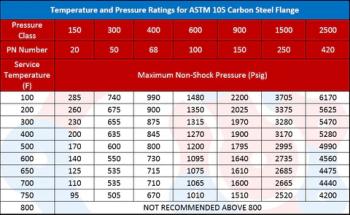
Image Source: Trupply
The PSI rating of a tire refers to its ability to withstand internal pressure. This number is shown on the side of every tire and it helps you determine how much weight your car can carry. The higher the PSI, the more weight your tires can support. The opposite is true as well: the lower PSI rating, the less weight your tires can support.
CWP
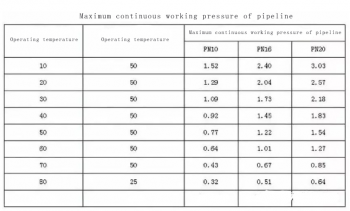
Image Source: pvcfactory
CWP stands for Combined Water and Pressure. A CWP system is used to provide water and pressure to a building or business. The water supply is provided by a water main that feeds into a meter box. The meter box supplies water to the building or business through a series of pipes and valves.
Ansi Class
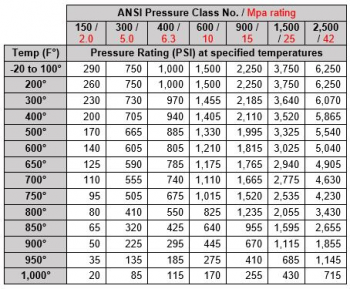
Image Source: DirectMaterial.com
The ANSI class of a valve refers to its pressure rating. The ANSI class number is composed of three digits and represents the valve’s pressure rating in PSI. For example, a valve with an ANSI class of 150 means that it can handle up to 150 PSI (10 bar).
Piple classes VS pressure number
The major difference between piple classes and pressure numbers is that piple classes are assigned to valves based on their design characteristics, whereas pressure numbers are assigned based on the pressure rating of the valve.
Ball Valve Rating
Ball valve pressure ratings
The rating of a ball valve is based on its ability to withstand a certain pressure without leaking. This rating is determined by how much force acts on the ball when it is seated against its seat.
Ball valve pressure – temperature ratings

Image Source: usvalve
The pressure rating is the maximum pressure that can be safely applied to a valve without causing it to fail (rupture). The temperature rating is the maximum temperature that can be safely applied without causing failure (melting). Pressure ratings are typically expressed as pounds per square inch (psi).
Ball valve design
Ball valves are measured by their diameter and length. The diameter is the size of the circle, while the length is simply how long it is.When it comes to ball valves, the size of the ball is an important factor. This size determines the flow rate, pressure and temperature range for a given valve. It also determines how much force is required to open or close it. There are many ball valve designs that you can choose from, and it is available in one of the leading manufacturers XVHAL indstural valve co .
Conclusion
The valve marking is a quick way to identify the valve type and size. The markings are in a standardized format that can be used across the globe. This is important because the valve markings help us know what size and type of valve we are dealing with. There are many different types of valves and each one has a unique set of markings. Some valves have numbers on them, while others have letters or symbols. The markings will make it easier for us to identify the proper replacement part.

